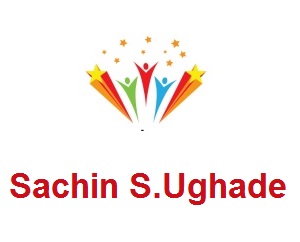80% consumers rely on personal recommendations for purchasing insurance: Study
Financial Express 06/07/2023
Personal recommendation from friends and
family or a known agent is the top trigger for insurance consideration for
approx. 80% of the respondents.
The report titled ‘How India Buys Insurance’ provides a comprehensive view of consumer awareness, needs and frictions when it comes to the purchase of health and life insurance, and highlights that it is important to build trust at every touchpoint of the consumer journey.
As per the report, personal recommendation from friends and family or a known agent is the top trigger for insurance consideration for approx. 80% of the respondents. For 56%, a recommendation from friends and family was the main trigger for purchasing health insurance, while the number stood at 54% for life insurance.
Awareness and Ownership Levels for Health Insurance
Brand familiarity is important: Apart from this, brand familiarity and vintage seemed to play a key role in trust building. 58% and 64% respondents said that they trust the brands they are familiar with or the brands that have been around for a long time, both while purchasing health insurance and life insurance, respectively.
Affordability issues and lack of product understanding key barriers: Two key reasons that deterred the purchase of both health and life insurance included affordability issues and difficulty in understanding the product. While more than 40% respondents cited high premiums as the reason for not purchasing health and life insurance, around 53% found the products/ process difficult to understand and thus, dropped out. This indicates a clear need for education in the category along with simpler, more affordable options. The earlier this education starts, the easier it will be to hit the message home.
Adopting a Physical approach: Around 80% respondents across health and life insurance looked online for information before purchasing the policy. However, over 85% ended up purchasing offline primarily through an agent they knew or was recommended by friends and family.
Customer experience is paramount: Insurance as a category lacks instant gratification and everything boils down to customer experience. In this research as well, consumers indicated that tedious paperwork, complex processes and the fear of claim rejection makes their faith in insurance weak. It is imperative for the industry to ensure seamless customer experience and technology can play a pivotal role in this process.
Early education on the importance of insurance is key: The study also uncovers that financial prudence is least often a trigger for insurance purchase consideration. It’s too late by the time people realize the importance of insurance (as has been seen, especially, in case of life insurance). We probably need to start financial education as a life skill in school/ college. ‘Insurance is a key part of financial management’ is the message that needs to hit home, so that all Indians can make informed decisions and stay protected.
The convergence of online and offline mediums seems to be the way forward for the insurance industry.
Commenting on the report, Sarbvir Singh, CEO, Policybazaar, said, “Policybazaar’s efforts to maximize insurance penetration are in alignment with the IRDAI’s vision of a fully insured India. In order to achieve that objective, we need to deeply understand the changing consumer needs. With a detailed series of face-to-face interactions, we have gone beyond tier-I and tier-II cities in this research and also explored the perspectives of tier-III India. We hope that the insights from our research will pave the way for more relevant and consumer-centric solutions from the insurance industry.”
The detailed report covers many more such insights including triggers that lead consumers to consider purchasing health or life insurance and barriers that hold them back. It also explores the behavioral differences across demographic and geographical segments of consumers.
